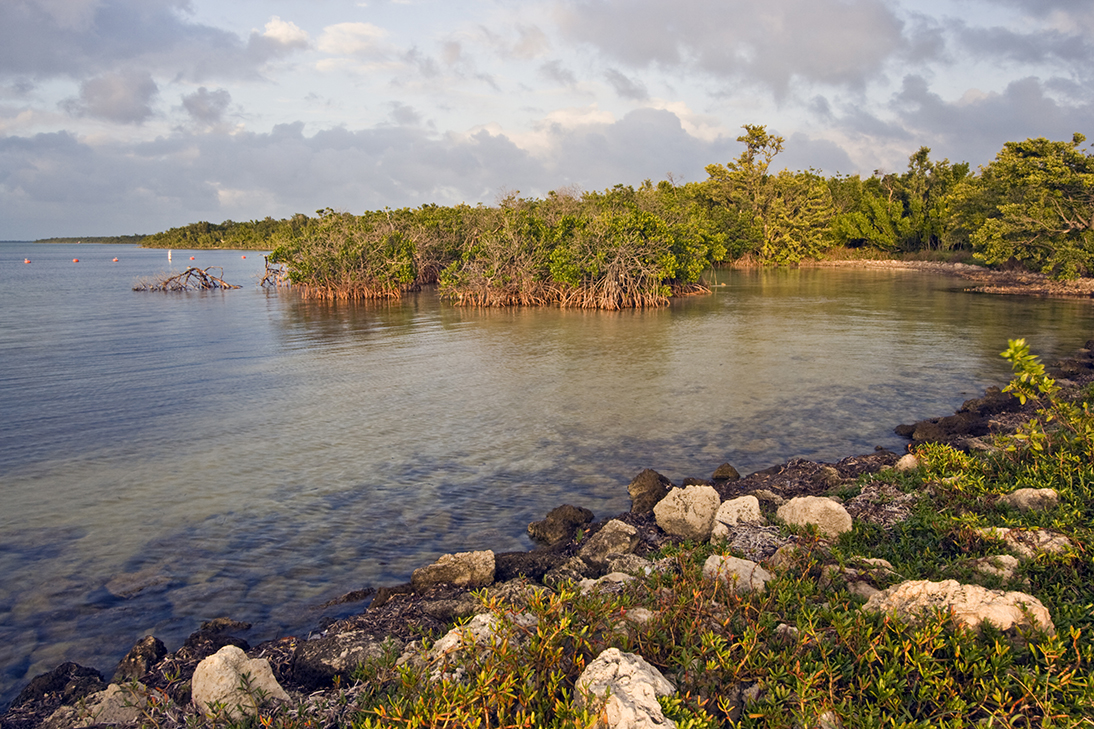Biscayne National Park is an important part of South Florida’s biodiverse ecosystem, and University of Miami graduate student Krystle Young is doing her part to help to protect it. The third-year biology student is participating in an important research study and educational campaign to monitor the success of restoration efforts in Biscayne Bay, and share its importance with young students.
Working with Associate Professor Kathleen Sealey on the project, Young is helping collect important information that could reveal how well the 35-year Comprehensive Everglades Restoration Plan (CERP) is helping the ecosystem. The largest hydrologic restoration project ever undertaken in the United States, CERP was authorized by Congress in 2000 to restore, preserve, and protect the South Florida ecosystem and provide other water-related needs in the region.
“I feel like I am making a difference for future generations,” said Young, who with Sealey, plans to publish and share their findings with the National Park Service. For Young, a typical day at Biscayne Park involves a lot of observation—both on land and in the water. She walks trails monitoring coastal plant life, looks for species of marine life, and documents plant algae growth.
“When we see a greater number of different species, it is usually a good sign because biodiversity is used as a health indicator,” Young said. The health of this ecosystem tells her a lot about the efficiency of water flow from the Everglades that supplies the fresh water that plants and animals need to survive.
CERP’s efforts to revamp these ecosystems involve monitoring the amount, quality, timing, and location of water flow from the Everglades into Biscayne Bay and the surrounding areas. After 18 months, Young sees evidence to suggest that Biscayne Park is flourishing, particularly after Hurricane Irma virtually wiped out its ecosystems last year.
Young, who plans to pursue her Ph.D. in biology next year, also spends a lot of time working with the Seminole Tribe whose members live in the Everglades. Young, who is also a member of the Seminole Tribe, spends a lot of time finding creative ways to teach students at South Miami Middle School about the importance of restoration and conservation. Her community outreach involves hands-on activities with students to show how they have an impact on their environment.
“It was great to come into the classrooms and see that the students were excited to see me. They really connected with me and asked lots of questions about the Everglades,” Young said. As she continues to monitor natural habitats, Young is also developing her master’s degree thesis, which she hopes will open more avenues for exploration and knowledge.

